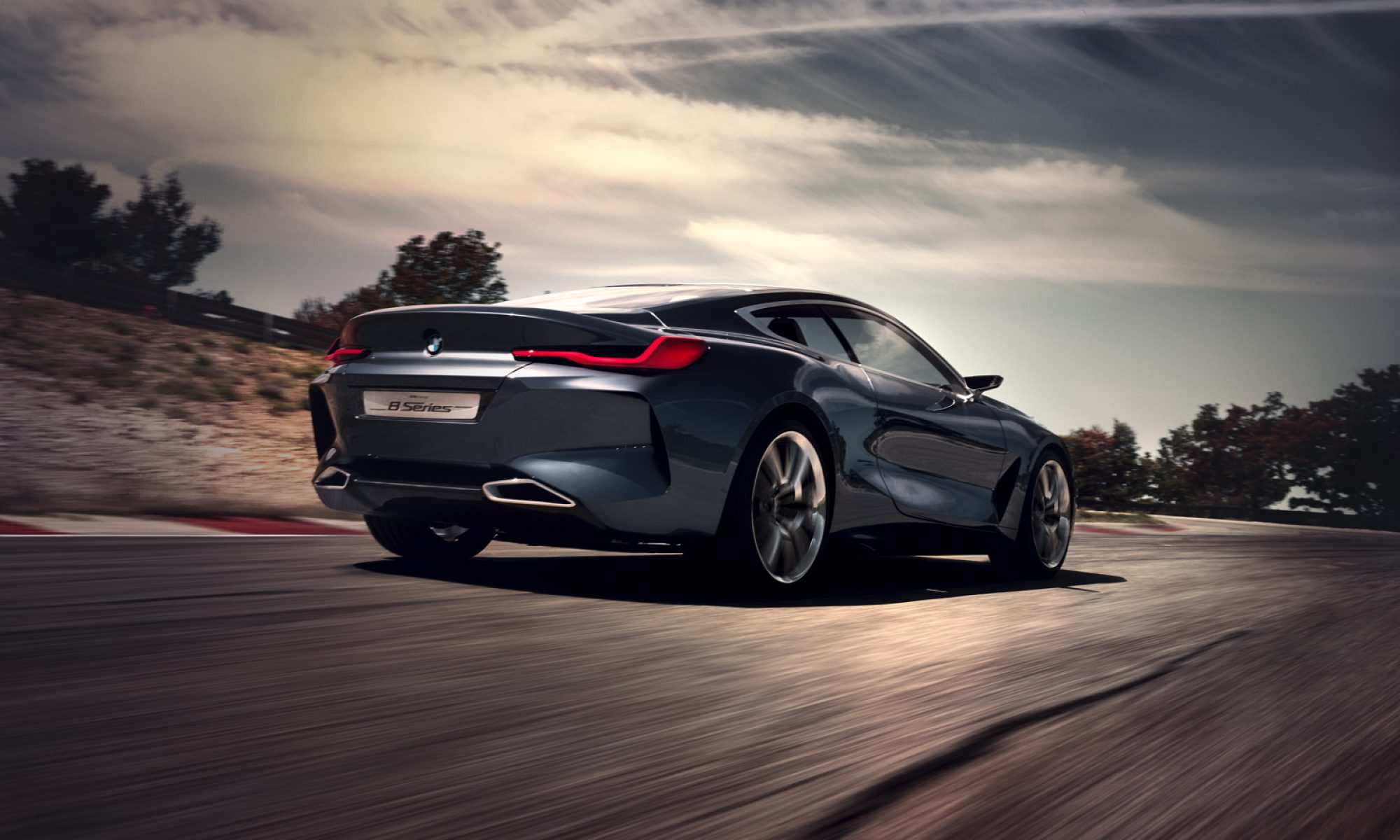
Some raw stats of the 2eleven:
Performance
0-60 mph 3.8 secs (estimated)
0-100 km/h 3.9 secs (estimated)
0-100 mph 9.1 secs (estimated)
(0-160 km/h)
Max Speed 155 mph (250 km/h)
Max Power 255 PS (252 bhp / 188 kw) at 8000 rpm
Max Torque 242 Nm (179 lb/ft) at 7000 rpm
All this from a supercharged and intercool 1796 cc engine on a car weighing in at just 670 kg (1,477 lbs).
This is a car made for the track and the price is a very steep specialist US$97,000.



